13 Wes Craven Horror Classics That Still Terrify
Wes Craven is a legendary filmmaker known for creating some of the most terrifying horror films of all time. From supernatural entities to twisted villains, his movies have captivated audiences for decades. Craven’s unique storytelling ability combined with unsettling atmospheres continues to influence the horror genre. His iconic characters, such as Freddy Krueger and Ghostface, have become synonymous with fear. Each film delivers a blend of psychological terror and chilling visuals that keep viewers on edge.
This post may contain affiliate links, which helps keep this content free. Please read our disclosure for more info.
Nightmare on Elm Street (1984)
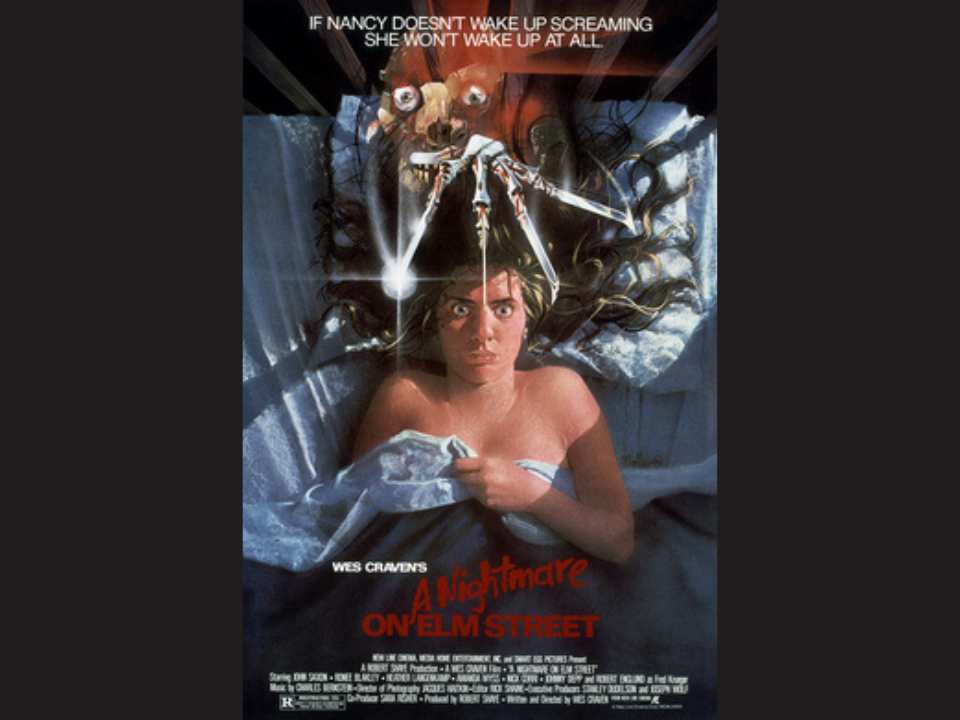
This iconic film introduced Freddy Krueger, a villain that remains one of the most terrifying characters in horror history. The film blends the supernatural with psychological terror, as Freddy haunts teenagers in their dreams, creating a chilling sense of helplessness. Craven’s innovative concept of blurring the line between dream and reality elevated the film to a whole new level of dread. The film’s success spawned numerous sequels, but the original still stands as a definitive entry in the genre.
Freddy’s eerie nursery rhyme, “One, two, Freddy’s coming for you,” became a cultural reference point that resonates to this day. The film’s unsettling atmosphere, combined with the gruesome deaths and the fear of sleep itself, left an indelible mark on horror fans. Despite being released over three decades ago, “Nightmare on Elm Street” continues to terrify audiences, remaining relevant in modern horror.
Scream (1996)
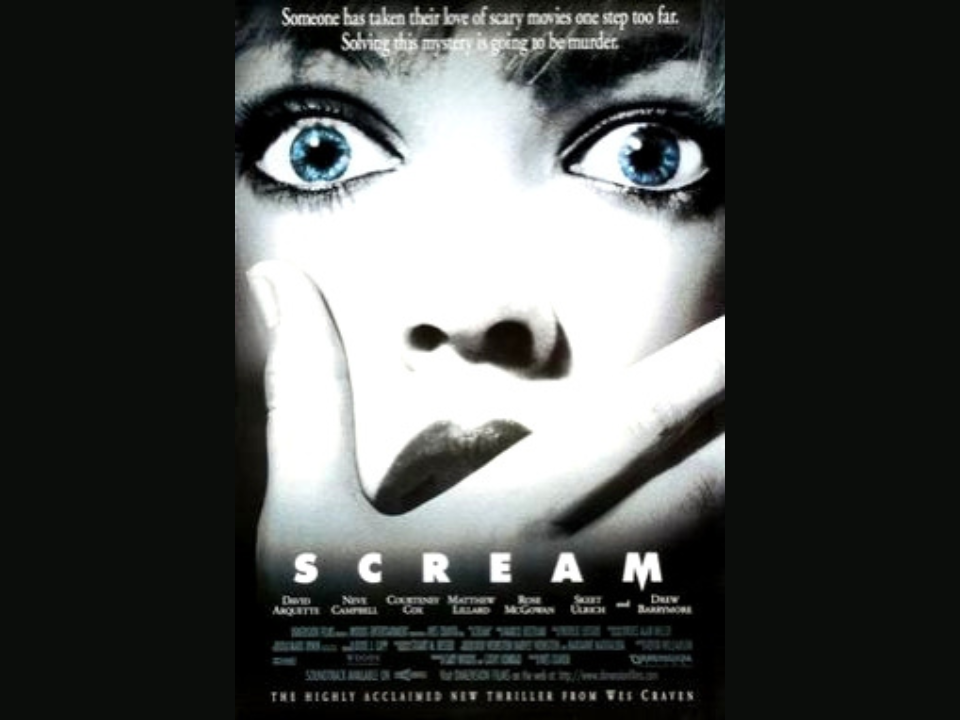
“Scream” revitalized the slasher genre with its self-aware characters and sharp dialogue, all while delivering the scares fans expect. This film introduced Ghostface, a new and terrifying slasher icon who stalks his victims with a chilling voice and distinct mask. What set “Scream” apart was its ability to play with horror tropes while simultaneously embracing them, creating a meta-horror experience that felt fresh and thrilling.
The film’s sharp commentary on horror conventions, such as the rules of surviving a slasher movie, added an element of dark humor to the terror. However, it never lost sight of its purpose to frighten, with suspense-filled scenes that keep the audience on edge. “Scream” changed the horror landscape in the 90s and remains one of Wes Craven’s most enduring and influential works.
The Hills Have Eyes (1977)
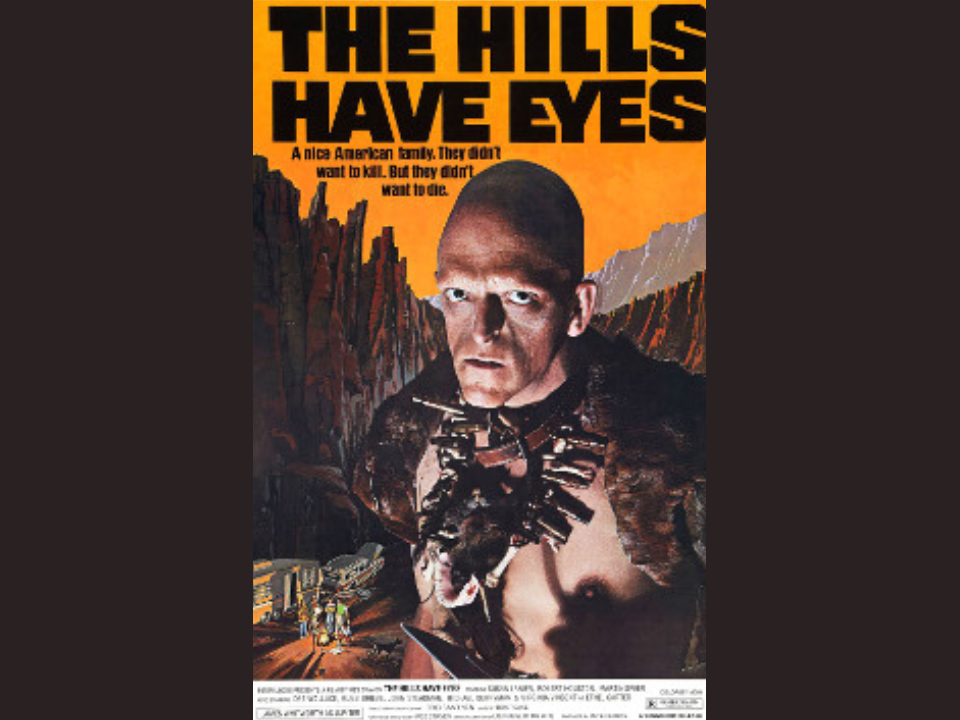
“The Hills Have Eyes” is a brutal, survivalist horror that explores the terror of being hunted by a family of mutants in the desert. This unsettling tale brings to life a nightmare scenario of being stranded in an unforgiving landscape with no escape. Craven’s gritty portrayal of the American wilderness as a site of horror felt unique for its time and remains disturbing today. The film’s claustrophobic atmosphere and violent themes make it a shocking entry in Craven’s filmography.
The film’s unflinching portrayal of humanity’s darkest instincts, both in the mutant family and the survivors, brings a level of psychological terror that adds to its horror. Its themes of family and survival are twisted in a way that keeps viewers uncomfortable throughout the experience. “The Hills Have Eyes” left a lasting impact on horror cinema, paving the way for future exploitation films.
Last House on the Left (1972)
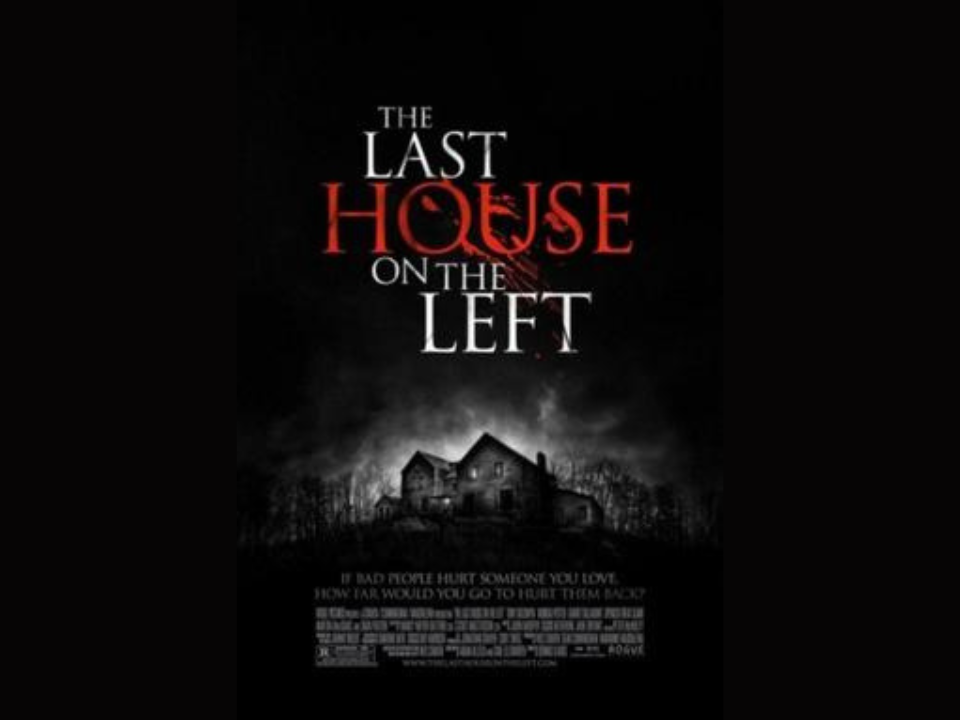
One of Craven’s most controversial films, “Last House on the Left,” is a gritty and disturbing story of revenge. After two teenage girls are brutally attacked, their parents take matters into their own hands. The film’s graphic violence and unrelenting tone shocked audiences and set the stage for future revenge thrillers. Craven’s raw approach to storytelling and his focus on the emotional toll of violence made this film a standout in his early career.
The unsettling nature of the film lies not just in the violence, but in its portrayal of the human psyche under extreme duress. The parents’ decision to avenge their daughter’s attackers blurs the line between victim and perpetrator, adding a moral complexity to the narrative. “Last House on the Left” remains a harrowing and influential piece in the horror genre.
The Serpent and the Rainbow (1988)
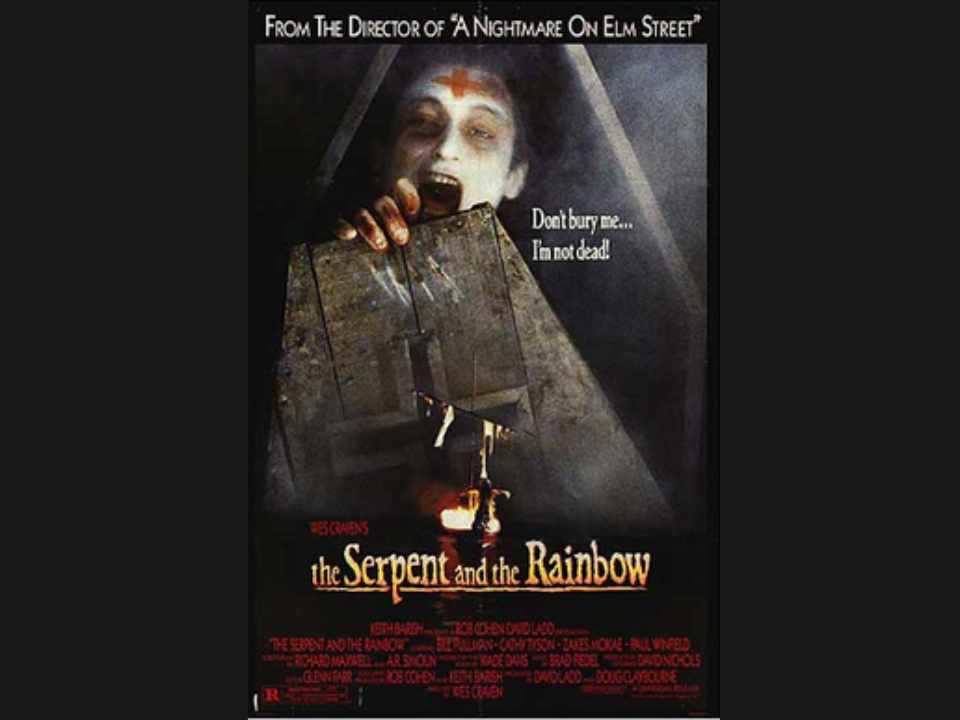
Inspired by true events, “The Serpent and the Rainbow” blends horror with the supernatural and psychological terror. Set in Haiti, the film delves into the world of voodoo, as an anthropologist investigates reports of people being resurrected from death. The film’s sinister atmosphere, paired with its exploration of the boundaries between life and death, creates a sense of unease that lingers throughout. Craven uses the dark, mysterious world of voodoo to explore themes of power, control, and the unknown.
The film’s unsettling imagery, combined with the exploration of cultural rituals and beliefs, offers a unique type of horror. Its surreal and nightmarish sequences, along with a sense of dread that builds slowly, keep the audience on edge. “The Serpent and the Rainbow” is a lesser-known gem in Craven’s filmography but is highly regarded for its psychological depth and cultural exploration.
People Under the Stairs (1991)
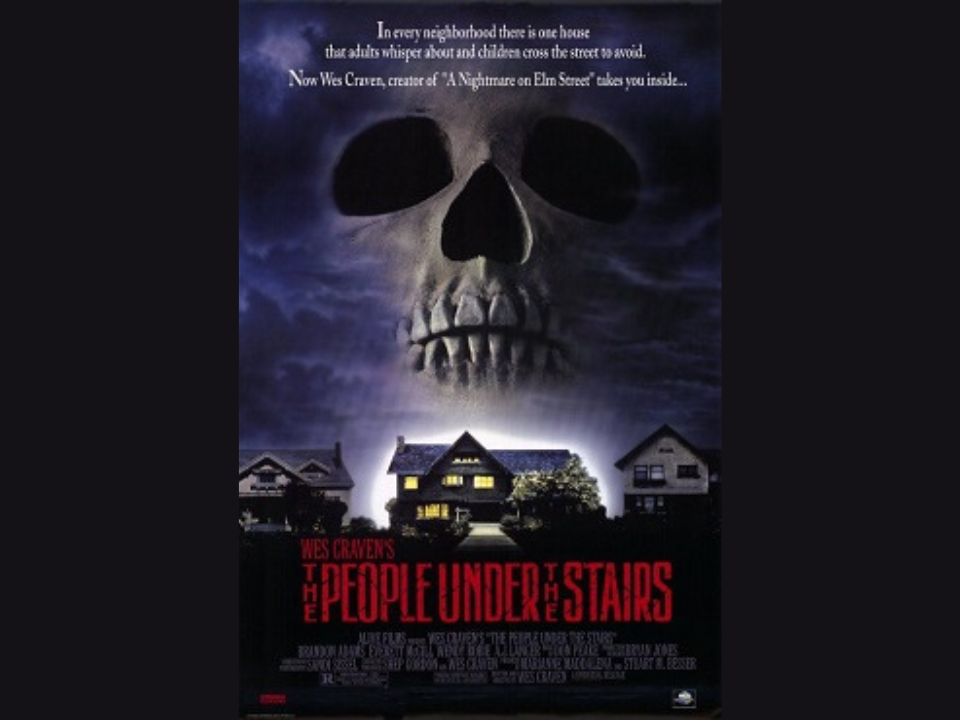
“People Under the Stairs” combines horror, social commentary, and dark humor to deliver a unique and terrifying story. The film centers on a young boy, who, along with two burglars, attempts to rob a house only to discover a disturbing secret in the basement. Craven uses the house as a metaphor for societal oppression, with the trapped individuals representing marginalized voices. The film’s unsettling premise, combined with its blend of horror and humor, creates a chilling yet entertaining experience.
The film’s social critique is layered in a way that adds depth to the horror, with themes of class disparity and the abuse of power. As the characters uncover the horrors of the house, the tension builds in a way that makes the audience question what they would do in the same situation. “People Under the Stairs” is a standout for its eerie atmosphere and bold exploration of social issues within a horror framework.
Red Eye (2005)
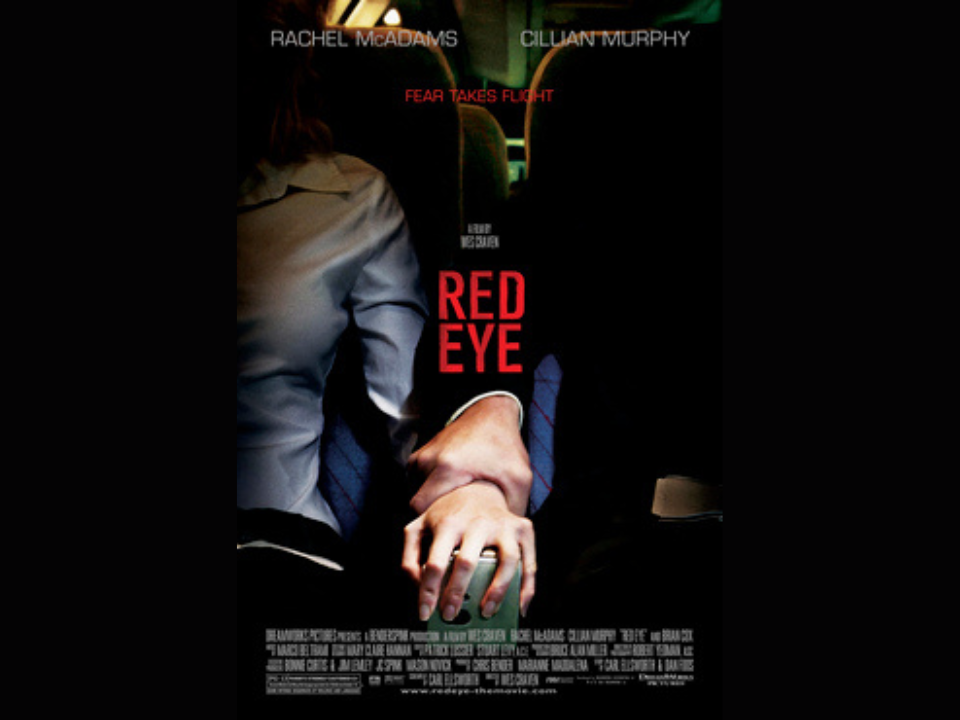
“Red Eye” is a tense, psychological thriller set aboard a red-eye flight, where a woman is forced to cooperate with a terrorist in order to save her father’s life. The film is a masterclass in suspense, with Craven skillfully creating a claustrophobic environment where danger lurks around every corner. The film’s minimalistic setting, a confined airplane, only enhances the tension as the protagonist must outwit her captor.
Rachel McAdams delivers a standout performance as the woman trapped in this terrifying situation, and Cillian Murphy’s portrayal of the sinister antagonist is equally chilling. The film’s pace and structure keep the tension high, with Craven expertly building suspense throughout. “Red Eye” is a gripping example of Craven’s ability to deliver thrills in a contained, high-pressure environment.
Shocker (1989)
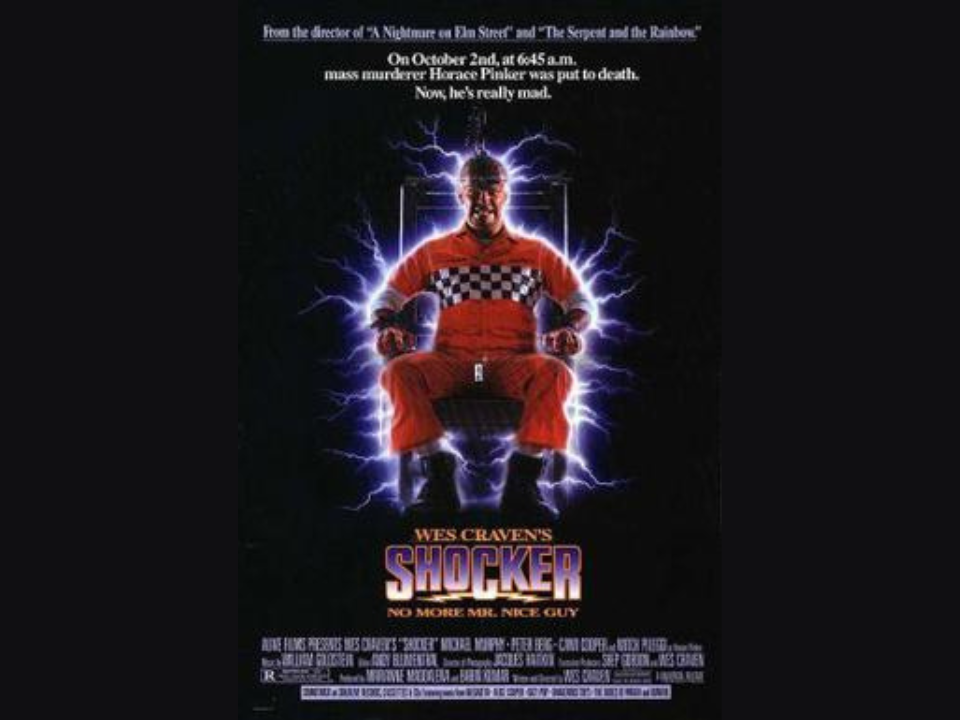
In “Shocker,” Craven takes on the supernatural slasher genre with a twist. The film follows a murderer who, after being executed, returns from the dead in the form of electricity, continuing his killing spree. The supernatural element of the film adds an interesting layer to the traditional slasher formula, while the blend of futuristic technology and horror keeps it unique. Craven uses the concept of the killer’s electric powers to create a sense of surreal dread, leading to a visually striking experience.
The film’s blend of supernatural terror and slasher elements, combined with its over-the-top nature, gives “Shocker” a campy yet eerie quality. The film’s cult status is bolstered by its bizarre premise and memorable moments, which have become iconic for horror fans. “Shocker” is a film that balances horror with science fiction, providing a thrilling ride for those willing to embrace its unique concept.
New Nightmare (1994)
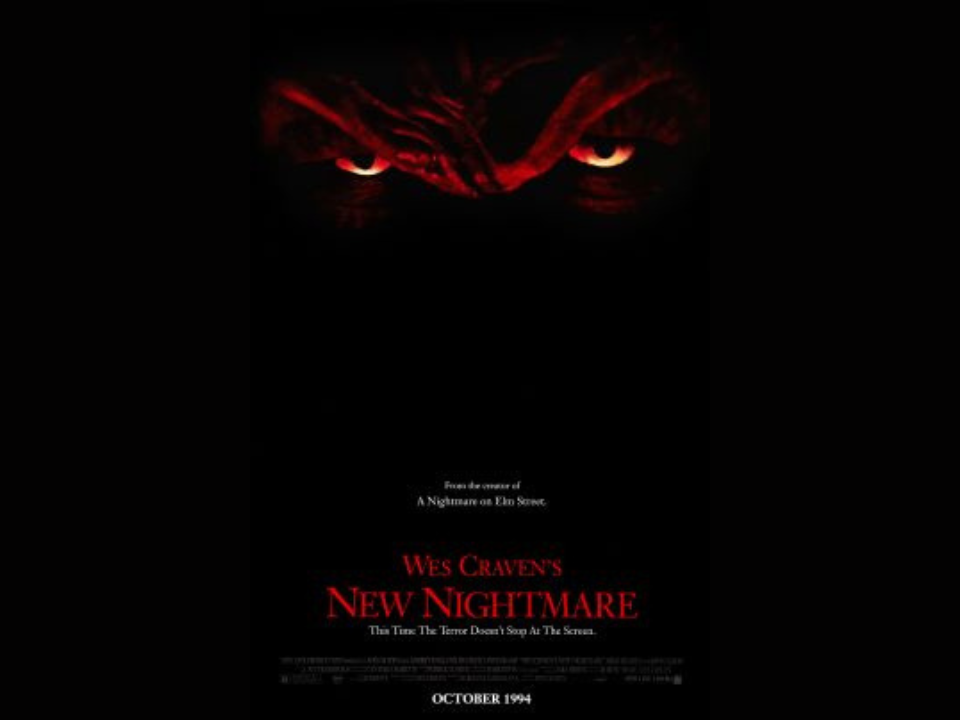
“New Nightmare” is Wes Craven’s meta-horror film, blurring the lines between fiction and reality. The film features the cast of the original “Nightmare on Elm Street” series, who are haunted by Freddy Krueger in real life. Craven cleverly uses the idea of the “real” Freddy crossing over from the fictional world into the real world, creating a chilling and self-reflective horror. The film’s innovative concept made it stand out at the time of its release, adding layers to the iconic franchise.
The film’s ability to play with the concept of horror while providing a deeper commentary on the nature of fear and creativity makes it a standout in Craven’s career. The concept of horror itself becoming real is something that resonates with audiences, as they realize the line between fiction and reality is more fragile than they might think. “New Nightmare” remains a favorite for its unique take on the genre and its ability to explore the psychology of fear in new ways.
Wes Craven’s Wishmaster (1997)
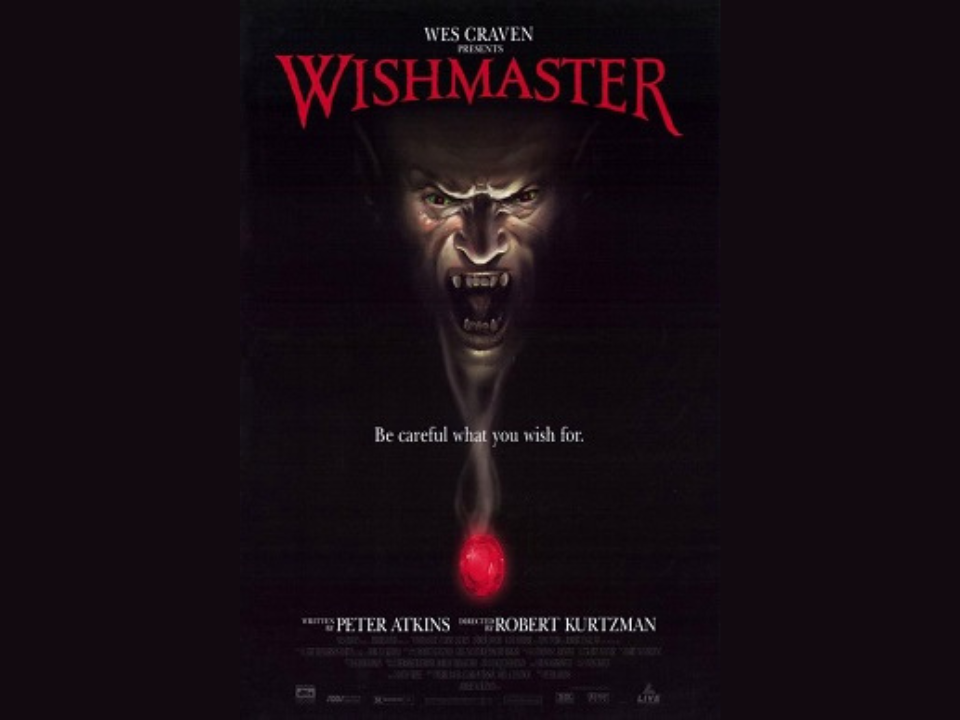
“Wes Craven’s Wishmaster” brings a supernatural twist to the horror genre, with a genie who grants wishes but turns them into terrifying nightmares. The film is built around the concept of wish fulfillment gone wrong, as every wish made by the characters is twisted into something horrific. Craven uses the mythology of the genie, or Djinn, to explore themes of greed and the consequences of getting what you want. The creature design and the film’s dark tone contribute to a chilling atmosphere that keeps the viewer on edge.
The film’s unique premise, combined with intense gore and practical effects, adds to its disturbing nature. The villain, the Djinn, played by Andrew Divoff, is a memorable antagonist whose evil presence lingers throughout the film. While “Wishmaster” is often overshadowed by other horror films of its era, it remains a cult classic for its terrifying take on an ancient mythological creature.
Deadly Friend (1986)
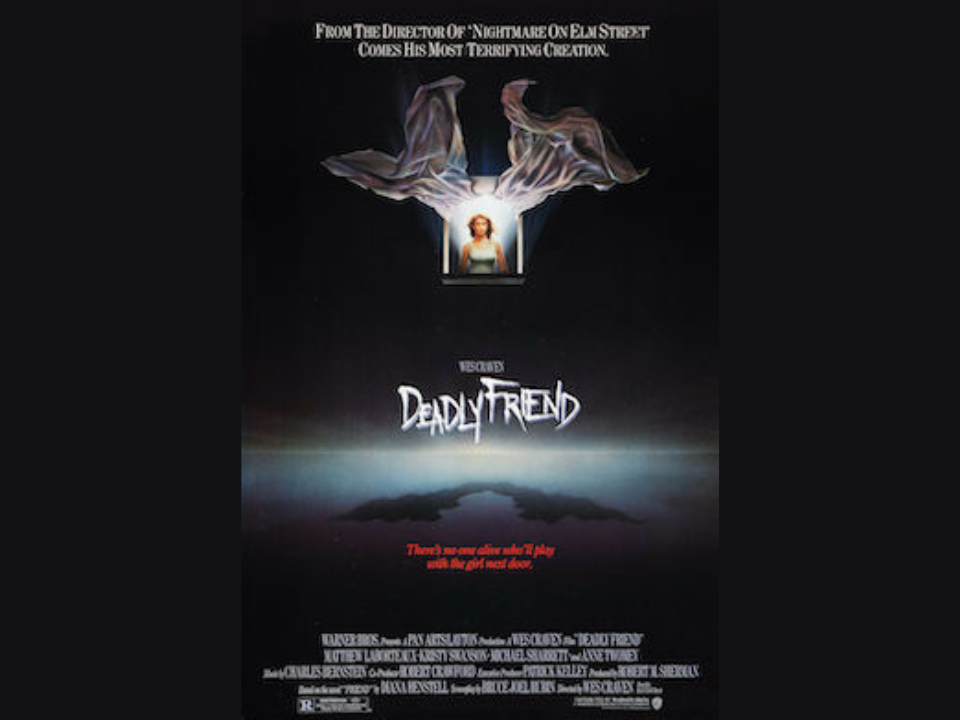
“Deadly Friend” combines elements of horror and sci-fi as it tells the story of a young boy who attempts to bring his dead friend back to life using advanced robotics. The film explores themes of grief, resurrection, and the consequences of meddling with life and death. Craven’s unique approach to blending science fiction with horror creates a disturbing yet fascinating narrative. The film’s unsettling moments and disturbing imagery have earned it a place as a lesser-known but memorable entry in Craven’s filmography.
Although the film was not initially well-received, it has gained a cult following for its quirky premise and blend of horror with technology. The combination of a robotic resurrection and supernatural horror creates an eerie atmosphere that lingers long after the film ends. “Deadly Friend” is a testament to Craven’s ability to tackle unconventional horror themes with a sense of both dread and curiosity.
Vampire in Brooklyn (1995)
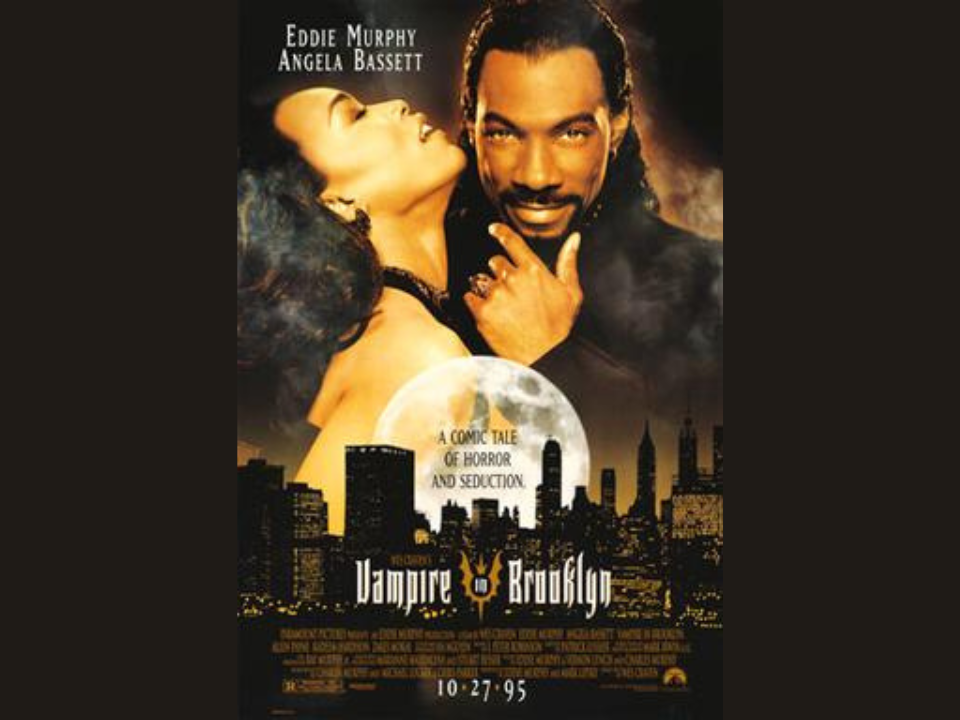
“Vampire in Brooklyn” is Craven’s take on the vampire genre, blending horror with humor and urban elements. The film follows a vampire who arrives in Brooklyn and seeks a woman who is his destined companion. While the film is lighter in tone compared to Craven’s other works, it still delivers the chills with its blend of gothic elements and modern-day setting. Eddie Murphy’s performance as the vampire is both menacing and entertaining, adding depth to a character that could have easily been one-dimensional.
Despite being a departure from Craven’s usual style, “Vampire in Brooklyn” offers a fresh take on vampire mythology. The film’s unique combination of humor and horror, along with its urban setting, makes it a standout in Craven’s filmography. It remains a cult classic for those who appreciate a different kind of vampire tale that doesn’t take itself too seriously but still delivers the scares.
Cursed (2005)
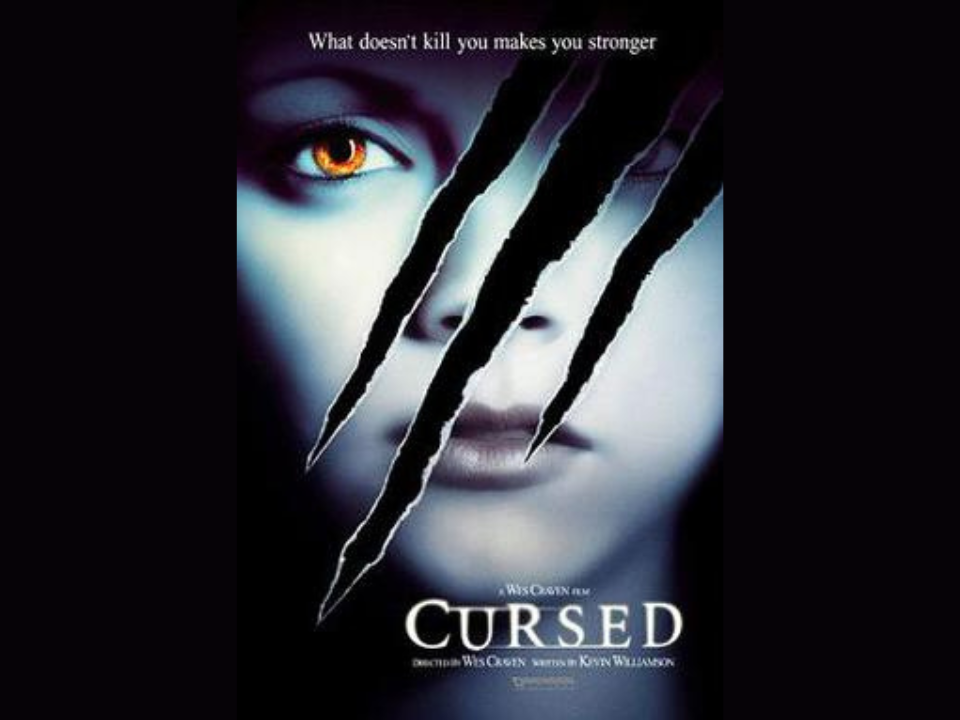
“Cursed” is a werewolf horror film that blends traditional monster movie tropes with a modern setting. The film follows two siblings who are attacked by a werewolf and struggle with their newfound curse. Craven uses humor and suspense in equal measure to create a film that is both scary and entertaining. The werewolf transformations are a key highlight, with Craven opting for practical effects that stand out in the genre.
While it received mixed reviews upon release, “Cursed” has gained a cult following for its playful take on the werewolf mythos. The film’s fast pace and quirky characters add a unique flavor to the typical werewolf movie formula. Fans of Craven’s work appreciate the way the film combines the supernatural with a modern, urban setting, making it an intriguing entry in his career.
This article originally appeared on Avocadu.
